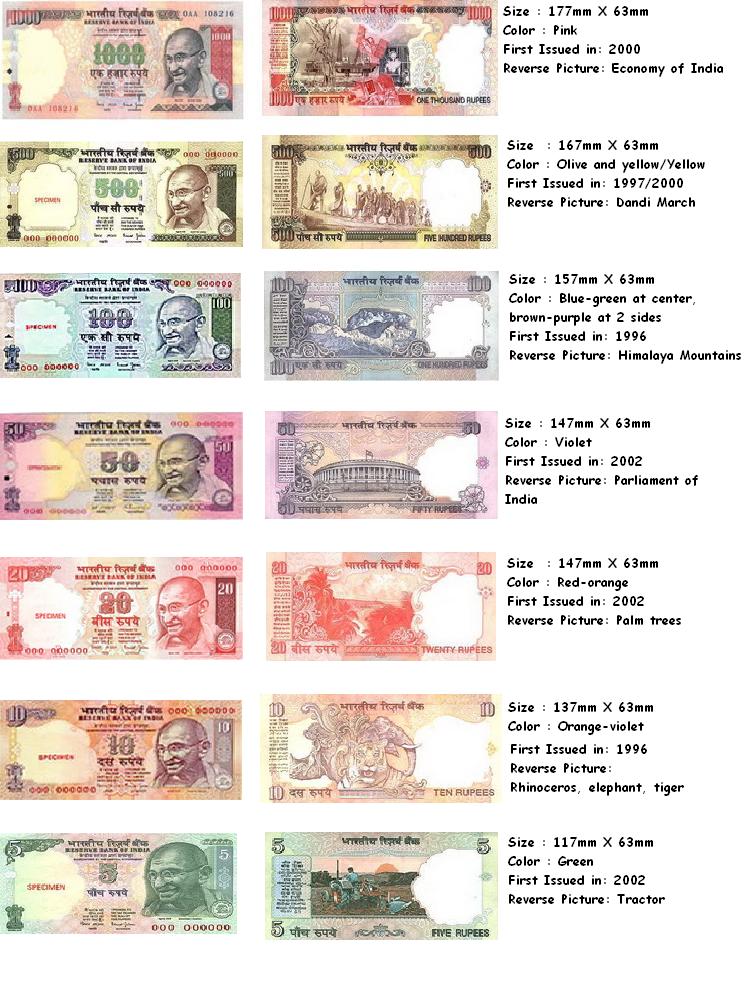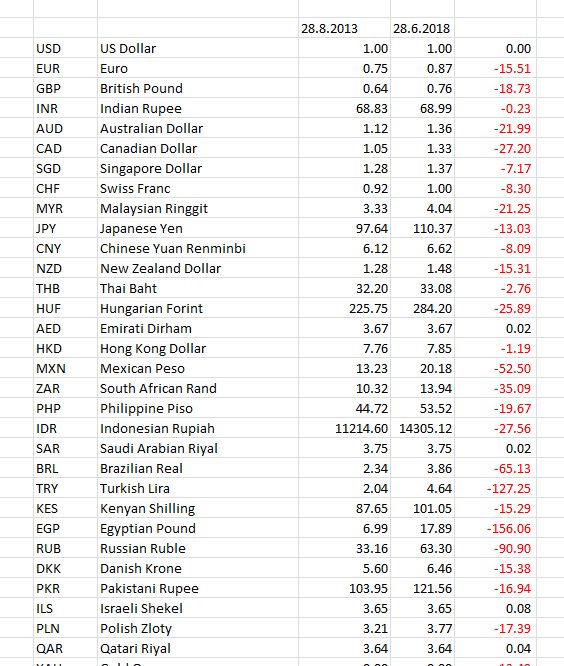

The euro symbol has been met with mixed reactions since its introduction in 1999. In Canada, dollar bills feature maple leaves instead. In the United States, for example, dollar bills feature images of important historical figures like George Washington and Abraham Lincoln. The use of specific symbols for currencies varies from country to country.

Other common symbols include coins, arrows and wheat. One of the earliest symbols was an image of a Roman temple, which represented strength and stability. Many different symbols have been used over the years to represent money. The history of currency symbols is interesting and complex. The euro symbol is made up of two lines crossing each other and sitting atop a small letter “e.” The design was chosen to represent both the stability of European Union and the unification of Europe. On January 1, 1999, the euro became the official currency of 11 European countries. The dollar sign ($) is one of the most well-known currency symbol in the world. The use of the dollar sign spread to other currencies during the 20th century. The dollar sign did not become popular until after the American Civil War, when it was used on banknotes issued by Confederate states.

In 1785, Thomas Jefferson proposed adopting the dollar sign as the national currency symbol. The first use of the dollar sign in English writing was in 1768, when it appeared in John Dunmore’s A Description of Virginia. The dollar sign originated in the late 18th century as a simplified form of the Spanish and Mexican peso signs, $ and ¢. The symbol is composed of two vertical lines crossed by a single horizontal line, and is often mistaken for a Latin letter S. The dollar sign ($) is a symbol that represents the United States dollar, the official currency of the United States. In order to avoid any confusion, it is important to know which currency each symbol represents. The yen (¥) symbol was created in 1953, and the euro (€) symbol was introduced in 1999.Ĭurrency symbols can be confusing for some people, as they often look very similar to each other. The pound (£) symbol was introduced in 1856 by the British Royal Mint. The dollar ($) symbol was first used in 1785 by Thomas Jefferson. In modern times, currency symbols are used all over the world to represent different currencies. The first currency symbols were used by the Greeks and Romans, and consisted of simple letters or abbreviations representing the amount of money that was being exchanged. The history of currency symbols is a long and varied one. Our list of currency symbols and names of all countries is updated regularly as global money and governments change.

For example, the currency symbol for the United States’ dollar is $. The currency symbol is preceded by the official name of the country. Currency symbols and names of all countries can be found in this table.


 0 kommentar(er)
0 kommentar(er)
